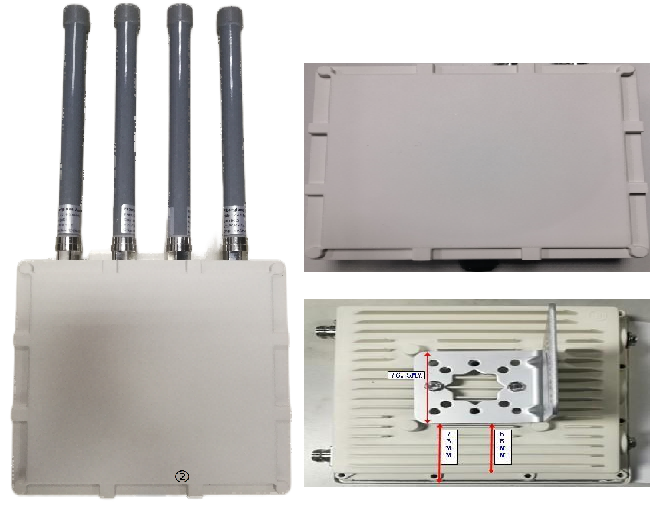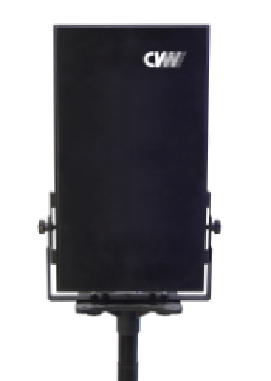Currently, live streaming video transmission technology is widely used in various fields, such as news reporting, sports events, entertainment live streaming, etc. The development of live streaming video transmission technology has made significant progress, providing reliable support for high-definition, stable, and low latency video transmission. This article will focus on introducing the current relatively advanced live streaming video transmission technology.
5G technology: As the fifth generation mobile communication technology, 5G technology has the advantages of high-speed transmission, low latency, and connectivity. With the help of 5G networks, live streaming video transmission can achieve higher quality video transmission, with lower latency and more stable signals. The promotion and popularization of 5G technology has brought new opportunities for live streaming video transmission.
Compression algorithm: Video compression algorithm plays a crucial role in live streaming video transmission technology. At present, advanced compression algorithms such as H.264, H.265, AV1, etc. can efficiently compress video data and reduce data transmission while maintaining high quality. The application of this compression algorithm makes video transmission more bandwidth efficient and improves the real-time performance of live streaming video transmission.
Adaptive rate technology: Adaptive rate technology can dynamically adjust the encoding rate of videos based on network conditions and device performance to ensure smooth transmission and optimal viewing experience in different network environments. By real-time monitoring of network bandwidth and latency, the most suitable bit rate is selected for transmission, ensuring the stability and high quality of live streaming video transmission.
Multi antenna technology: Multi antenna technology such as MIMO (Multiple Input Multiple Output) can improve the capacity and coverage range of wireless signals, thereby improving the performance of live video transmission. By utilizing parallel transmission and reception of multiple antennas, attenuation and interference during signal transmission can be reduced, and transmission speed and stability can be improved.
Network protocol optimization: Currently, some advanced network protocols such as RTMP (Real Time Messaging Protocol) and SRT (Secure Reliable Transport) are widely used in live video transmission. These protocols optimize packet transmission, improve transmission stability, and error correction capabilities, making live video transmission more reliable and efficient.
AI Assistive technology: the application of AI in live broadcast is also developing. For example, intelligent recognition technology can perform real-time scene detection and precise analysis of videos, optimize video encoding and transmission processes, and improve visual experience. In addition, AI can also be used in fields such as video quality monitoring and error correction to improve the quality and stability of live streaming video transmission.
To sum up, the current relatively advanced live video transmission technologies include 5G technology, compression algorithm, adaptive bit rate technology, multi antenna technology, network protocol optimization and AI Assistive technology. The application of these technologies continuously improves the transmission quality, real-time performance, and stability of live streaming video transmission, providing users with a better live streaming experience. With the continuous progress and innovation of technology, live streaming video transmission technology will continue to develop and show broader application prospects in various fields.

 Multi-camera wireless video transmission
Multi-camera wireless video transmission Zero Latency Wireless Video Transmission
Zero Latency Wireless Video Transmission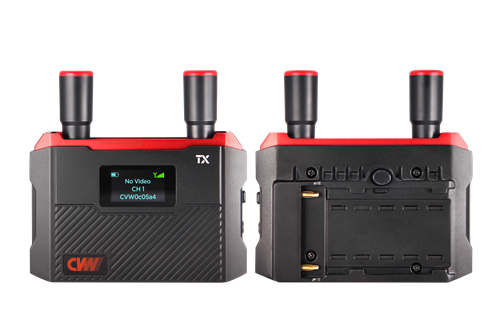
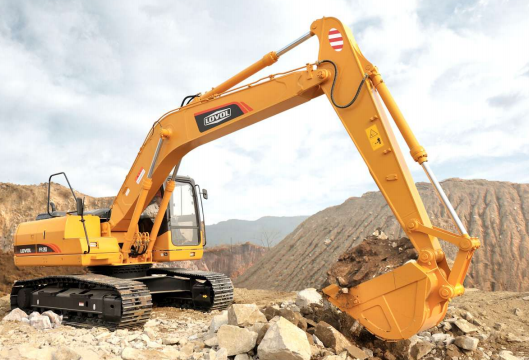 Designed for teleoperating the heavy equipment
Designed for teleoperating the heavy equipment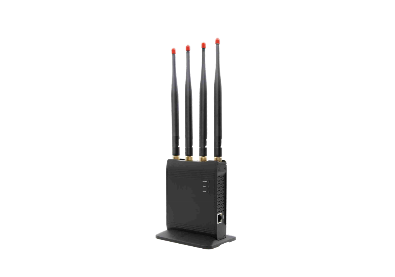 Wireless high-speed data transmission
Wireless high-speed data transmission